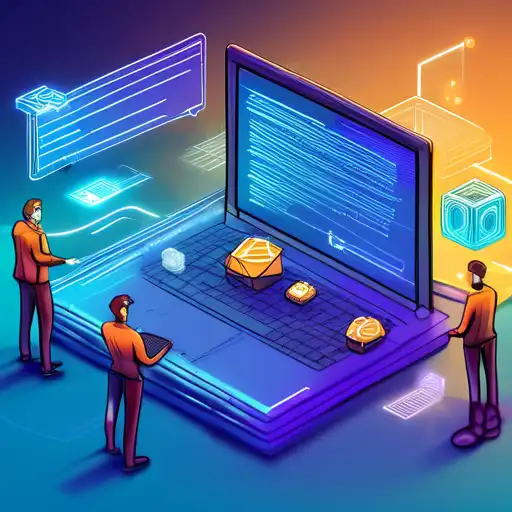Introduction to Smart Contracts
Smart contracts represent a pivotal innovation in blockchain technology, automating agreements without the need for intermediaries. These digital contracts execute transactions automatically when predetermined conditions are met, offering a blend of security, transparency, and efficiency.
How Smart Contracts Work
At their core, smart contracts are self-executing contracts with the terms of the agreement directly written into code. They run on the blockchain, ensuring that once deployed, they cannot be altered, providing a tamper-proof environment for transactions.
- Automation: Eliminates the need for manual processing, reducing errors and delays.
- Trust: Parties can engage in transactions without knowing each other, relying on the contract's code.
- Cost-Effective: Reduces or eliminates the need for intermediaries, lowering transaction costs.
Benefits of Smart Contracts
Smart contracts offer numerous advantages over traditional contract law, including but not limited to:
- Transparency: All parties have access to the contract terms and can view transactions.
- Security: Blockchain's decentralized nature makes smart contracts highly secure against fraud.
- Efficiency: Automates processes that would otherwise require manual intervention, speeding up transactions.
Challenges and Considerations
Despite their benefits, smart contracts are not without challenges. Issues such as code vulnerabilities, legal recognition, and the complexity of coding complex agreements into smart contracts are areas of ongoing development and discussion.
Future of Smart Contracts
The potential applications of smart contracts extend far beyond simple transactions. From real estate to supply chain management, the possibilities are vast. As blockchain technology evolves, so too will the capabilities and adoption of smart contracts.
Conclusion
Smart contracts are revolutionizing the way we think about agreements and transactions in the digital age. By leveraging blockchain technology, they offer a secure, efficient, and transparent alternative to traditional contract mechanisms. As the technology matures, we can expect to see even broader adoption and innovative applications across various industries.
